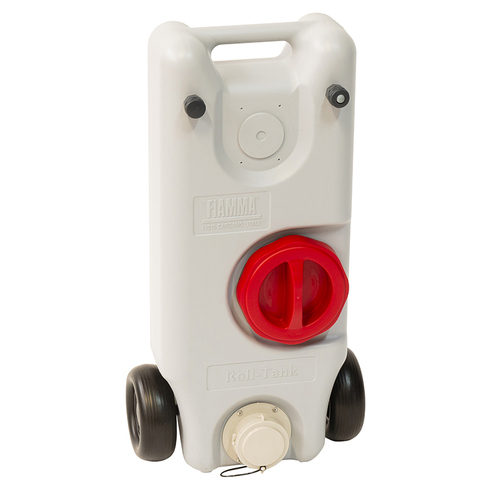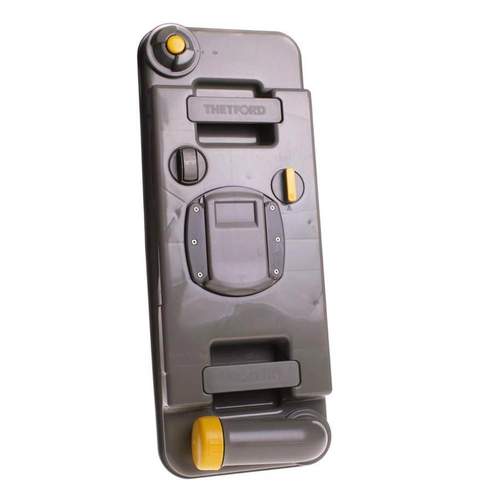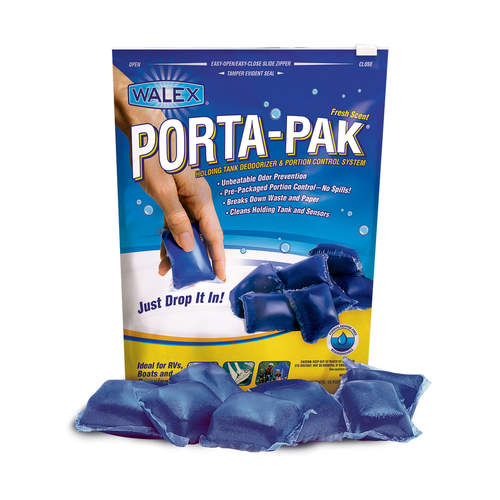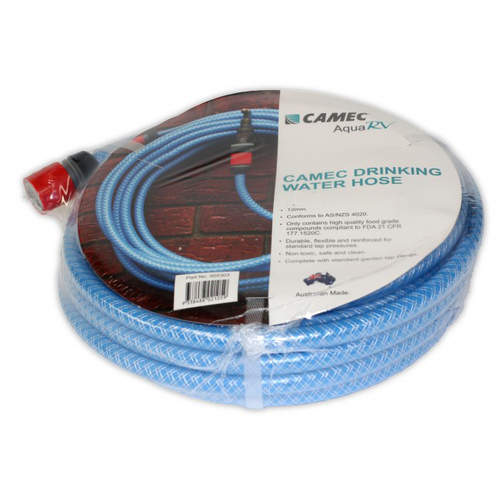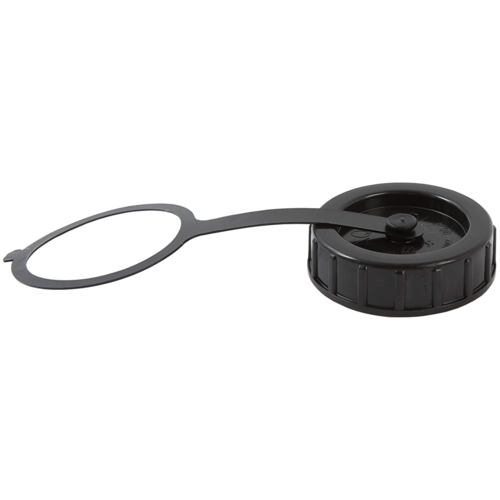Fresh, grey and black waters
Author: RV Super Centre Date Posted: 2 January 2017
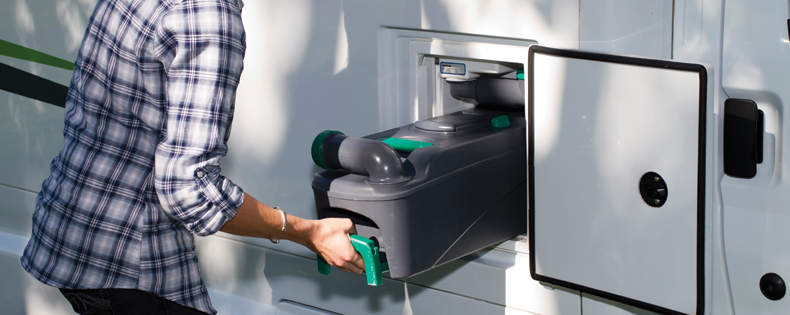
In this helpful guide, we'll dive into everything you need to know about your RV grey water, RV waste, and black water tanks. We'll break down the differences between fresh, grey, and black water, and provide essential tips on disposing of waste water from your RV. Let's get started!
- What is fresh water?
- What is grey water?
- What is black water?
- Managing waste in your RV
- Top tips for managing RV waste
- Where to dispose of your waste waters
- How to empty your RV’s fresh, grey and black waters
- What you need to know about self-containment
What is fresh water?
Fresh water is the lifeblood of your RV, providing the clean, potable water you need for drinking, cooking, and cleaning. Stored in the RV fresh water tank, this water is essential for maintaining hygiene and comfort during your travels. Ensuring your RV water filter system is in top condition helps keep this water safe and pleasant to use. Regularly checking and refilling your RV fresh water tank is key to enjoying all the conveniences of home while on the road.
READ MORE: Using water in your motorhome
What is grey water?
Grey water is the term used for the wastewater that comes from your RV's sinks and shower. Unlike black water, grey water doesn’t contain sewage but still needs to be properly managed to prevent odours and maintain sanitation. The grey water tank in your RV collects this used water, which can then be safely disposed of at designated dump stations.
What is black water?
Black water refers to the waste that comes from your RV's toilet. This type of water contains sewage and must be handled with care to avoid health hazards and unpleasant smells. The RV black water tank is designed to store this waste until you can properly dispose of it at an appropriate dumping facility. Using a reliable RV waste tank and maintaining your RV holding tanks is crucial for effective waste management. Regularly emptying and cleaning your black water tanks will help ensure your RV remains a clean and comfortable living space.
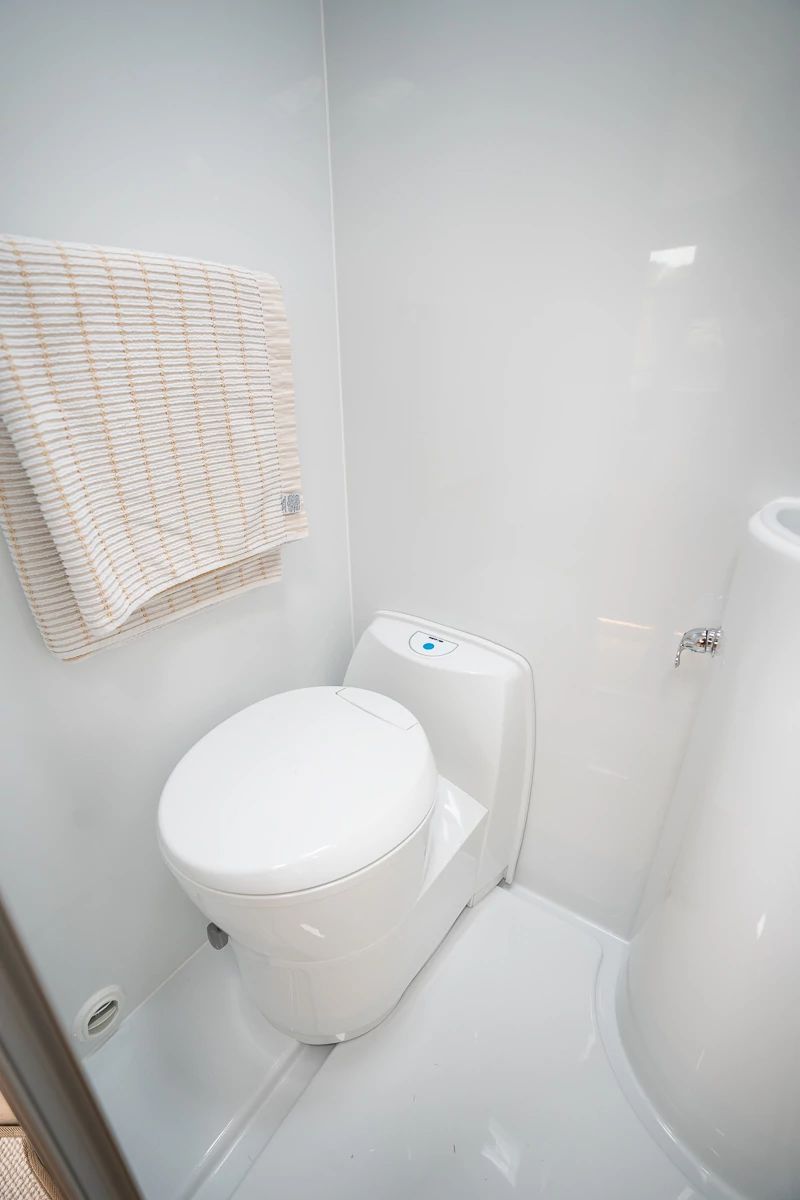
Managing waste in your RV
Properly managing waste in your RV is crucial for maintaining a clean and comfortable environment, as well as protecting the natural surroundings you enjoy during your travels.
Top tips for managing RV waste
- Use RV-safe toilet paper: Regular toilet paper can clog your RV black water tank. Instead, use RV-safe toilet paper, which is designed to break down more easily and prevent blockages.
- Consider environmentally friendly cleaning products: Choose biodegradable and eco-friendly cleaning products for your RV. These products are less likely to harm the environment and can be safer for your RV's plumbing systems.
- Preventing blockages and odours: To keep your waste water system flowing freely and smelling fresh, be mindful of what goes down the drains. Avoid disposing of fats, oils, and food particles like rice or coffee grounds, as they can cause blockages in the narrower motorhome drains. Consider adding a grey water deodoriser to keep the system clean and odour-free.
- Monitor tank levels: Keep an eye on the levels of your RV holding tanks to avoid overfilling, which can lead to leaks and unpleasant odours. Many modern RVs come equipped with sensors to help monitor these levels.
- Flush tanks regularly: Regularly flush your black water tank and grey water tank to remove any buildup and keep them clean.
Where to dispose of your waste waters
Responsible waste disposal is not only a matter of personal hygiene but also a collective responsibility for environmental preservation. Properly managing your RV waste helps protect the beautiful landscapes you explore and ensures they remain pristine for future travellers.
Dump stations are specialised facilities designed to protect public health and the environment by allowing for hygienic disposal of wastewater from motorhomes and caravans. These stations are specifically equipped to handle waste from both grey water and black water tanks. Many campgrounds and tourist sites across New Zealand also offer dump stations.
To make waste management even easier, take a moment to download the thl Roadtrip app. Available on Google Play and the App Store, this handy app helps you find your nearest dump station, rubbish facilities, and much more.
READ MORE: How to clean your loo with cassette toilet chemicals
How to empty your RV’s fresh, grey and black waters
Properly emptying your RV’s fresh, grey, and black water tanks is essential for maintaining hygiene and preventing unpleasant odours. Here’s a step-by-step guide to help you handle this task safely.
1. Gather necessary supplies
Before you begin, make sure you have all the necessary supplies on hand:
- RV sewer hose: A durable sewer hose is essential for transferring waste from your RV to the dump station.
- Protective gloves: Always wear gloves to protect yourself from direct contact with waste.
- Hose support: If available, use a hose support to keep the sewer hose off the ground and ensure a smooth flow.
- Disinfectant wipes or spray: For cleaning up any spills and disinfecting surfaces afterwards.
2. Park strategically
Positioning your RV correctly makes the emptying process easier and more efficient:
- Easy access: Park your RV in a way that allows easy access to the dump station.
- Sewer hose reach: Ensure the sewer hose can reach the dump station inlet without any kinks or obstacles, which could obstruct the flow.
3. Empty the black water tank first
Start by emptying the black water tank, as it contains the most hazardous waste:
- Protective gloves: Wear protective gloves before starting the process to prevent direct contact with waste.
- Connect sewer hose: Attach the RV sewer hose to the black water tank outlet securely.
- Extend hose to dump station: Extend the other end of the hose into the dump station inlet.
- Open the valve: Open the black water tank valve to allow the contents to flow into the sewer hose. Make sure the flow is uninterrupted and complete.
4. Use the grey water to rinse
Using grey water to rinse the hose helps to clean out any remaining residue:
- Close water valve: After the black water tank is empty, close the black water valve.
- Connect grey water hose: Connect a separate hose to the grey water tank outlet and extend it to the dump station inlet.
- Open grey water valve: Open the grey water tank valve. The grey water will help rinse the sewer hose, minimising odours and ensuring efficient waste removal.
5. Close valves, then rinse and clean
After emptying both tanks, it’s crucial to clean up thoroughly:
- Monitor flow: Keep an eye on the flow of water through the sewer hose to ensure both tanks are completely emptied.
- Close water valve: Once both tanks are empty, close the grey water valve.
- Disconnect hoses: Carefully disconnect the hoses, taking care to avoid spills or contamination.
- Rinse sewer hose: Use a water hose provided at many dump stations to rinse your sewer hose thoroughly. It’s advisable to use a dedicated hose for this purpose to avoid cross-contamination.
- Disinfect: Use disinfectant wipes or spray to clean any surfaces that came into contact with the waste.
What you need to know about self-containment
In New Zealand, self-containment certification is essential for RV owners who want to take full advantage of freedom camping opportunities. Being self-contained means your RV can store waste water and sewage for up to three days, which is a requirement for camping in many areas without facilities. Here are the key points RV owners need to know about self-containment in relation to waste water:
- Self-containment certification: Ensure your RV has a valid self-containment certification. This certification confirms that your vehicle meets the New Zealand standard for self-containment and is equipped with the necessary facilities to manage waste.
- Fixed toilet requirement: Your motorhome or caravan needs to have a permanently installed RV toilet. You can no longer be certified if you only have a portable toilet.
- Evacuation hose: Make sure you have an evacuation hose that's either three metres long for fitted tanks or long enough for sealed portable tanks. This is a must-have for clean and easy waste disposal.
- Waste storage capacity: Along with having a fixed toilet, your motorhome must have a minimum capacity to hold 12L per person of greywater (sinks and showers) and blackwater (toilet) storage capacity to prevent any discharge into the environment.
- Responsible waste disposal: With new regulations in place, it’s more important than ever to dispose of waste responsibly at designated dump stations. This practice is crucial for protecting New Zealand's natural beauty and maintaining public health standards.
READ MORE: The ultimate guide to your motorhome toilet
Keep your RV’s water system flowing with RV Super Centre
When it comes to stocking up on all your fresh and waste water management supplies, look no further than RV Super Centre. We offer a wide range of products, from RV water filters and RV sewer hoses to RV holding tanks and more. Visit your local RV Super Centre or shop online today to ensure you're fully equipped for your next adventure. Happy travels!

